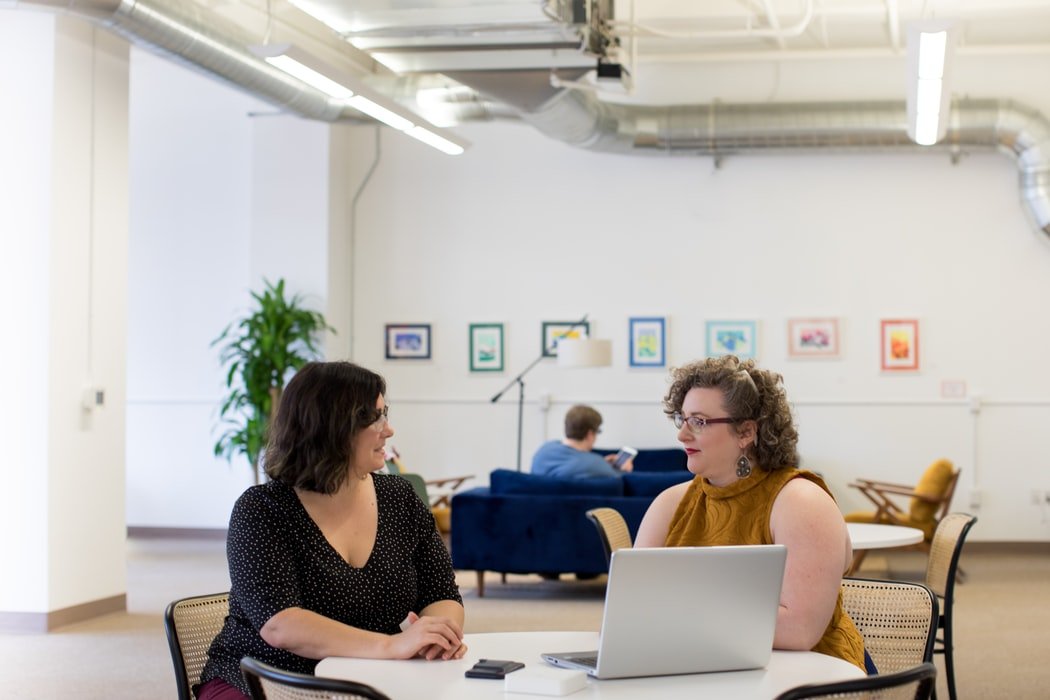Psychosocial Hazards: What are they and how do they affect our work?
By
Key Business Advisors
Human Resources
Being ‘healthy’ is a whole lot more than being physically fit. A state of wellbeing encompasses both mental and physical health with good mental health being the foundation of living a healthy and well life. Unfortunately, mental injuries and psychosocial hazards are becoming more prevalent in Australian workplaces and it is costing billions of dollars per year (AHRI 2019). Mental health is not only a state of mind but a state of being, you can be physically healthy, but mentally unhealthy. The reasons for poor mental health stem from all aspects of our lives: social media, being over or underworked, experiencing bullying or suffering from a mental illness.
Psychosocial hazards are factors within the environment that can affect our thoughts, attitudes, expectations and behaviour, such as job content, workload, pace and schedule, environment and relationships, change management, role clarity and conflict (Caponecchia 2019). When not controlled, these hazards can and will have a negative physiological effect such as headaches, tension, stress or musculoskeletal disorders.
It is vital for employers to understand and acknowledge the importance of adopting a mentally healthy workplace where employees work in a safe environment and psychosocial hazards are minimised.
Caponecchia, an expert in psychosocial hazards at work and workplace bullying, encourages workplaces to ‘Make the cake first, then ice it’. This means that no amount of icing can cover up a bad cake (the cake being an organisation). It is vital to ensure that an organisation has foundations that are healthy, strong, balanced and well mixed, before considering offering ‘healthy and mindful activities’ (these being the icing) at work such as yoga and meditation. ‘Believe it or not, people will get stressed trying to find time to go to yoga at lunchtime if they have a heavy workload’ (Caponecchia, 2019).
Caponecchia also believes that the way organisations deal with RUOK day is disappointing. According to him, it shouldn’t just be one day of checking on employees but rather a constant routine of ensuring a mentally healthy workplace by asking the question ‘Is our work OK?’. This means checking on employee workload, role clarity and ensuring the employees’ physical and psychosocial environment is healthy. These are all contributing factors to employees not being OK (Caponecchia, 2019).
An estimated 43-51 billion dollars per year is being spent on Australia’s mental health and suicide prevention (Dorney 2019). This is an alarming cost proving something drastic needs to change. Questions surrounding the creation of ‘personal care days’ to ensure employees’ wellbeing are being raised. Would this help lower absenteeism related to mental health? How could this be implemented successfully?
The first step in creating a mentally healthy workplace is by implementing policies and procedures in accordance with effective strategies, so employees are aware of the support that is available to them. Communicating and having strong interpersonal relationships based on trust, inclusiveness, engagement, support and involvement in how work is planned and performed can also improve organisational culture immensely. This makes employees feel supported and ensures their work-life balance is optimised. It also ensures workloads are monitored and controlled. Finally, ensuring employees can have open discussions about how they are feeling/coping in the work environment and have the correct processes in place to support that is paramount.
Here are some ways to help control and minimise psychosocial hazards in the workplace:
- Job redesigning
- Streamlining tasks
- Distributing big tasks amongst employees
- Strategically employing staff
- Providing job security
- Allowing mental health days
- Providing a nurturing and mentally healthy workplace
So, I’ll leave you with this question, what are you doing within your organisation to help improve the overall mental health of your employees and reducing the stigma surrounding mental injuries?



